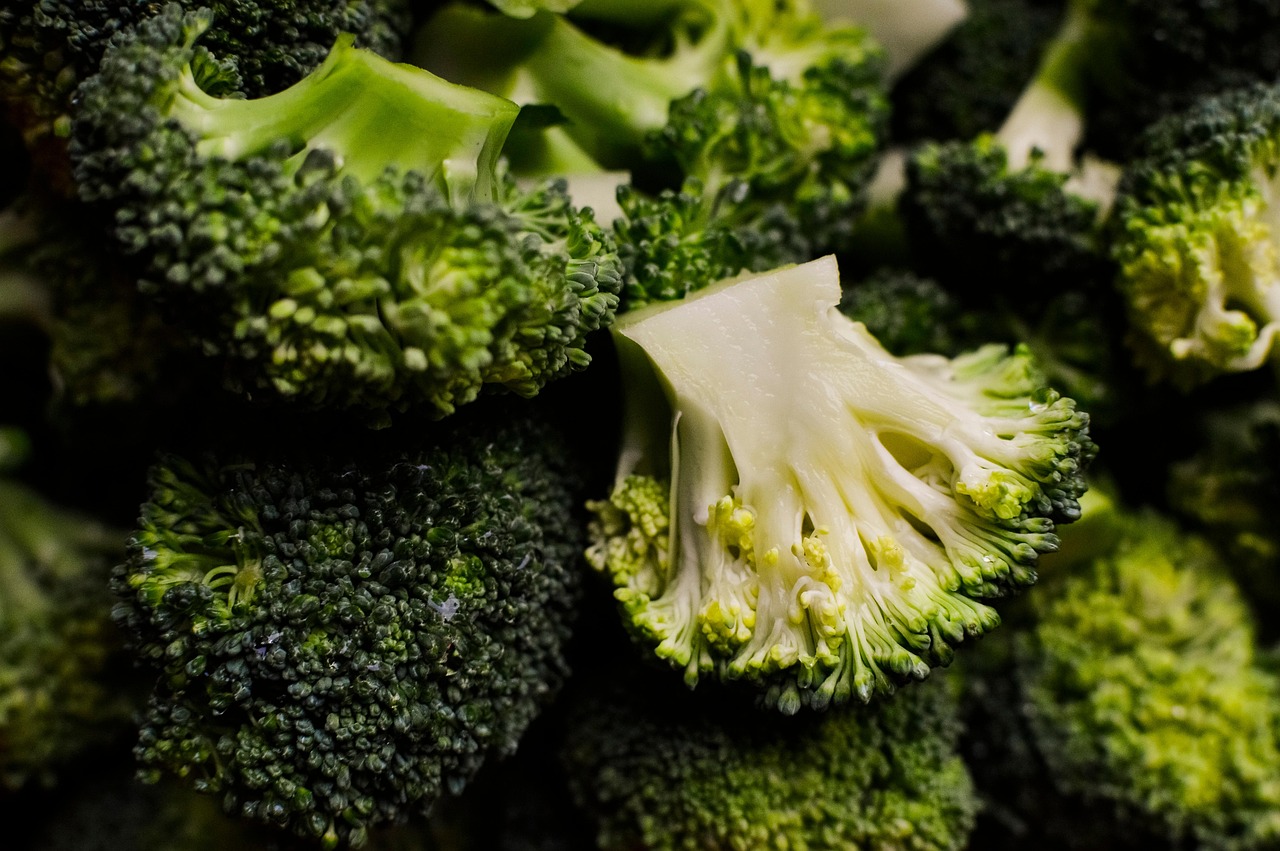“`html
In recent years, there has been a significant shift in consumer preferences towards healthier, more sustainable food choices. Whole foods have emerged as a go-to option for individuals seeking nutritious alternatives to processed items. But what exactly are whole foods, and why should they be a fundamental part of your diet? In this blog post, we will explore the definition of whole foods, their benefits, tips for incorporating them into your meals, and how to navigate the grocery store wisely.
What Are Whole Foods?
Whole foods are defined as foods that are in their natural state or have undergone minimal processing. These foods retain most of their original nutrients and are free from artificial additives and preservatives. Examples include:
- Fruits and vegetables
- Whole grains (e.g., brown rice, quinoa)
- Legumes (e.g., lentils, beans)
- Nuts and seeds
- Unrefined oils (e.g., olive oil, coconut oil)
- Animal products that are minimally processed (e.g., free-range eggs, grass-fed meat)
Benefits of Whole Foods
The numerous benefits of whole foods can lead to improved overall health and well-being. Here are some critical health advantages:
1. Nutrient Density
Whole foods are packed with essential nutrients, such as:
- Vitamins and minerals
- Fiber
- Antioxidants
Studies suggest that diets rich in whole foods can reduce the risk of chronic diseases such as heart disease, diabetes, and obesity.
2. Weight Management
Integrating whole foods into your diet can assist in maintaining a healthy weight due to:
- Lower calorie densities
- Increased satiety from high-fiber content
This is backed by research showing that whole food diets lead to more substantial weight loss than processed food diets.
3. Sustainable Choices
Choosing whole foods can also contribute to environmental sustainability:
- Less reliance on mass production
- Support for local farmers and organic practices
Incorporating Whole Foods into Your Diet
Making the switch to a whole food diet can be simple and enjoyable. Here are practical tips to help you get started:
1. Meal Planning
Creating a meal plan can streamline your cooking process. Follow these steps:
- Identify the whole foods you enjoy.
- Research new recipes that incorporate those foods.
- Create a shopping list to avoid impulse purchases.
2. Snack Smart
Replace processed snacks with whole food alternatives:
- Fresh fruit or vegetables
- Nuts and seeds
- Homemade energy bars with oats and nut butter
Navigating the Grocery Store for Whole Foods
Understanding how to shop for whole foods can enhance your grocery experience. Keep these tips in mind:
1. Shop the Perimeter
Most grocery stores are designed with fresh produce and whole foods around the outer edges. Focus on these areas for healthier options.
2. Read Labels Carefully
If purchasing packaged items, always:
- Look for short ingredient lists with recognizable foods.
- Avoid items with artificial ingredients, sugars, and preservatives.
Conclusion
Incorporating whole foods into your diet is not just a trend; it’s a sustainable lifestyle choice that can lead to lifelong health benefits. By focusing on nutrient-dense, minimally processed foods, you can improve your wellness, manage your weight, and support sustainable practices. Embrace the journey of discovering new whole foods, and you’ll find that healthy eating can be both enjoyable and rewarding. Start today by planning your meals, shopping smart, and most importantly, savoring the rich flavors of whole foods!
“`






